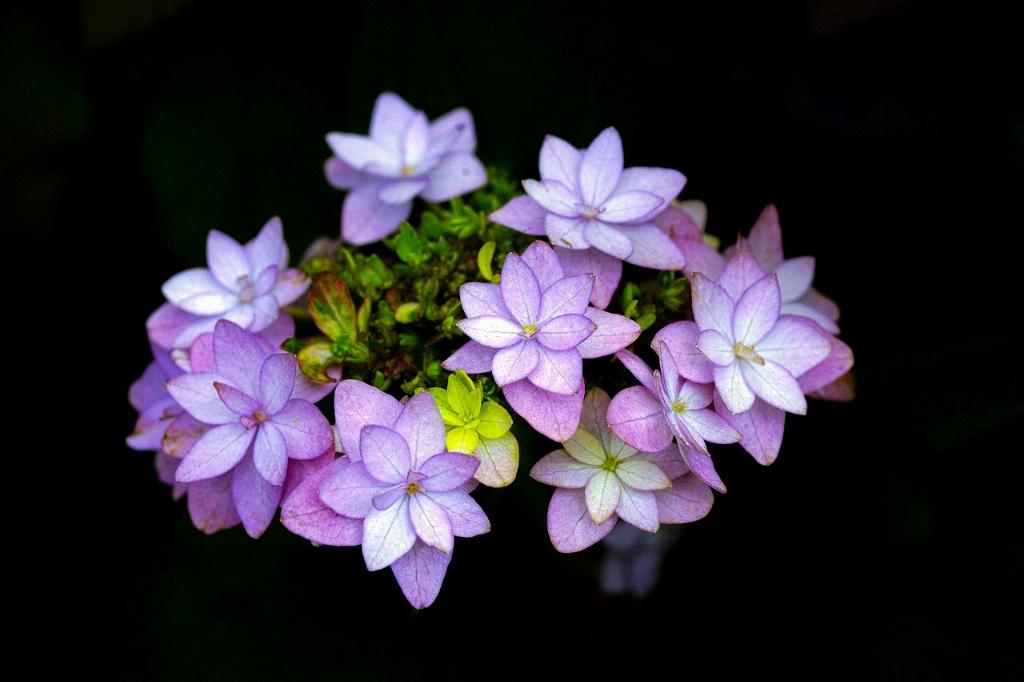Planting a hydrangea bush is a rewarding and relatively simple task that can beautify your garden with its gorgeous blooms. Here is a step-by-step guide on how to properly plant a hydrangea bush:
Choose the Right Location
The first step in planting a hydrangea bush is to select the perfect location. Hydrangeas thrive in well-draining soil with partial shade, so choose a spot in your garden that receives morning sun and afternoon shade.
Prepare the Soil
Before planting your hydrangea bush, make sure to prepare the soil accordingly. Dig a hole that is twice as wide as the container the hydrangea came in. Ensure that the depth of the hole is equal to the root ball’s height.
Planting the Hydrangea
Once the hole is ready, gently remove the hydrangea from its container and place it in the hole. Position the plant so that the top of the root ball is level with the ground. Fill in the hole with the 50-50 soil mixture and pat it down gently to remove any air pockets.
Watering
After planting, it is important to water the hydrangea thoroughly. Hydrangeas require consistent watering, especially during the first few weeks after planting. Make sure the soil remains moist but not waterlogged.
Mulching
Applying a layer of mulch around the base of the hydrangea bush can help retain moisture and regulate soil temperature. Use organic mulch like wood chips or shredded bark, and spread it evenly around the plant.
Pruning
While hydrangeas do not require extensive pruning, you can remove any dead or damaged branches to promote new growth. Prune your hydrangea bush in late winter or early spring before new growth appears.
Fertilizing
Hydrangeas benefit from occasional fertilization to promote healthy growth and vibrant blooms. Use a balanced fertilizer in the spring before new growth emerges, and avoid over-fertilizing to prevent excessive foliage growth.
Protection from Frost
If you live in a region with cold winters, consider protecting your hydrangea from frost damage. Mulch around the base of the plant in late fall to insulate the roots and cover the plant with burlap if temperatures drop significantly.
Caring for Established Plants
Once your hydrangea bush is established, continue to provide regular care and maintenance. Monitor soil moisture, prune as needed, and remove any spent blooms to encourage new flower production.
Changing Hydrangea Colors
Did you know that you can change the color of your hydrangea blooms? Adjust the acidity of the soil to influence the flower color – acidic soil produces blue flowers, while alkaline soil results in pink blooms.
Enjoying the Beauty of Hydrangeas
Now that you have successfully planted your hydrangea bush, sit back and enjoy the stunning beauty of its colorful blooms. With proper care and attention, your hydrangea will continue to thrive and enhance your garden for years to come.

